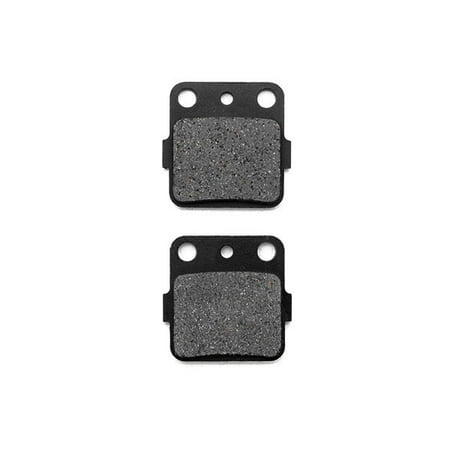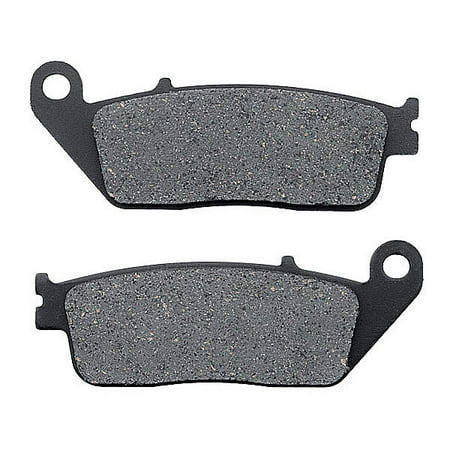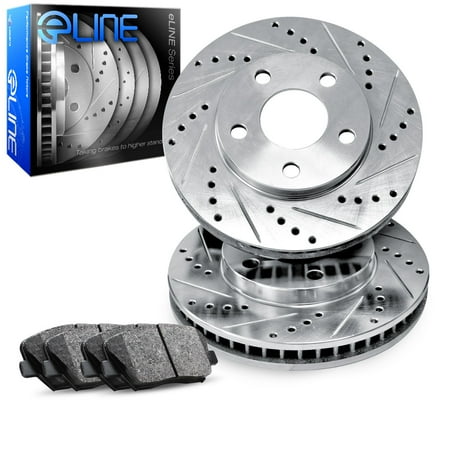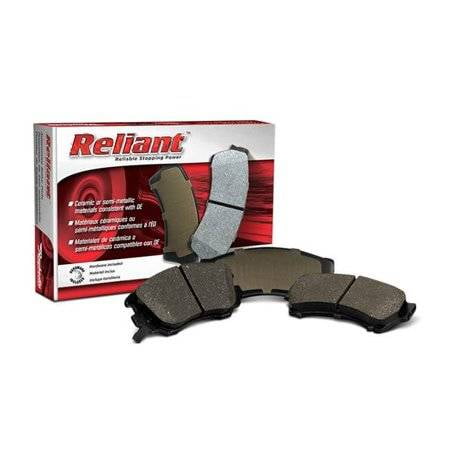For 2005-2015 Toyota Tacoma Front eLine Slotted Brake Rotors+Ceramic Brake Pads
eLINE Series Brake Rotors offer first rate stopping energy. With our modern-day era, you don’t want to pick out between performance and price range: it’s all there in a single package. Your brake rotors will ultimate longer and make certain your car’s protection for lots of miles to return. All eLINE Series Brake Rotors are designed for direct match: no adjustments are required.











Reviews
There are no reviews yet.